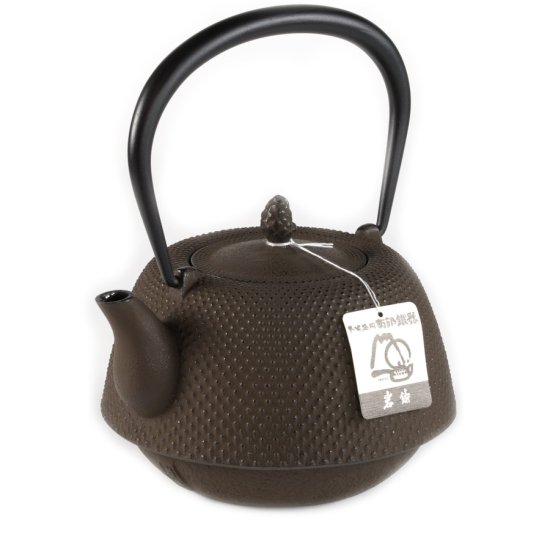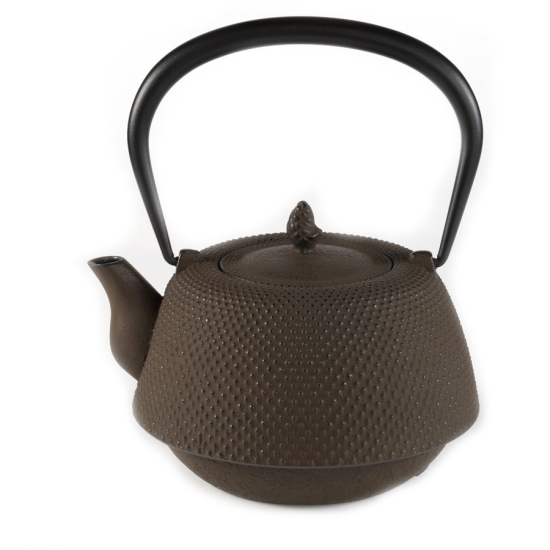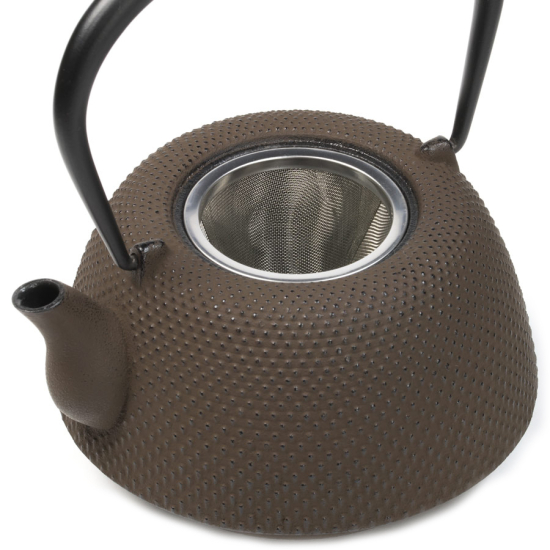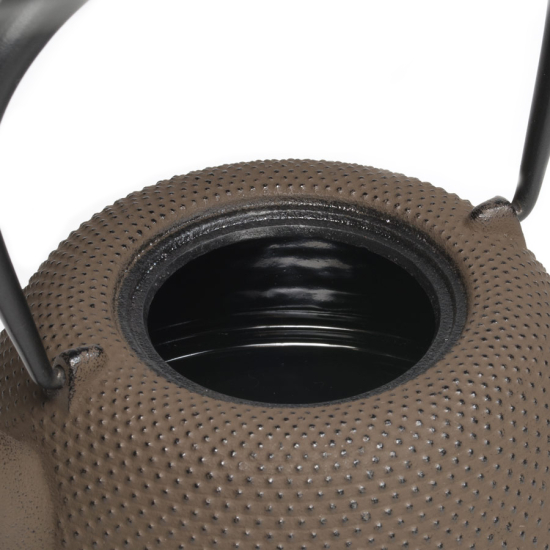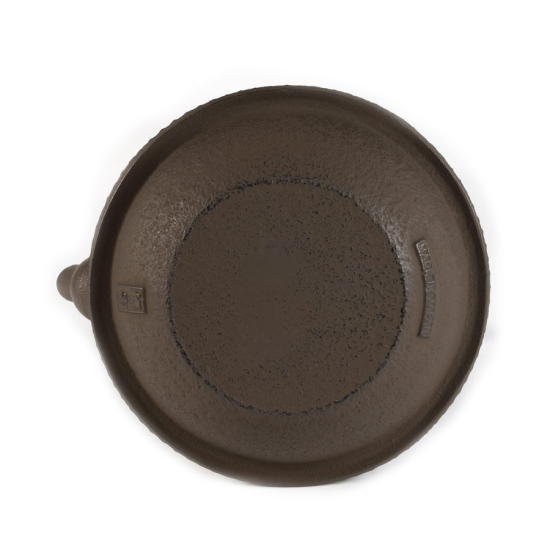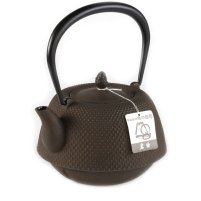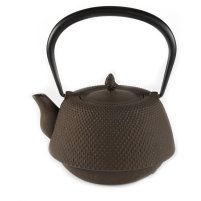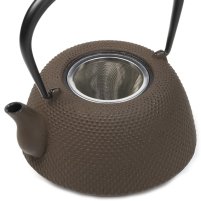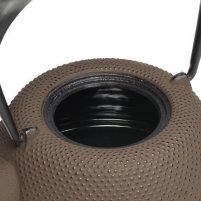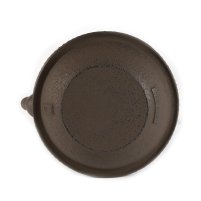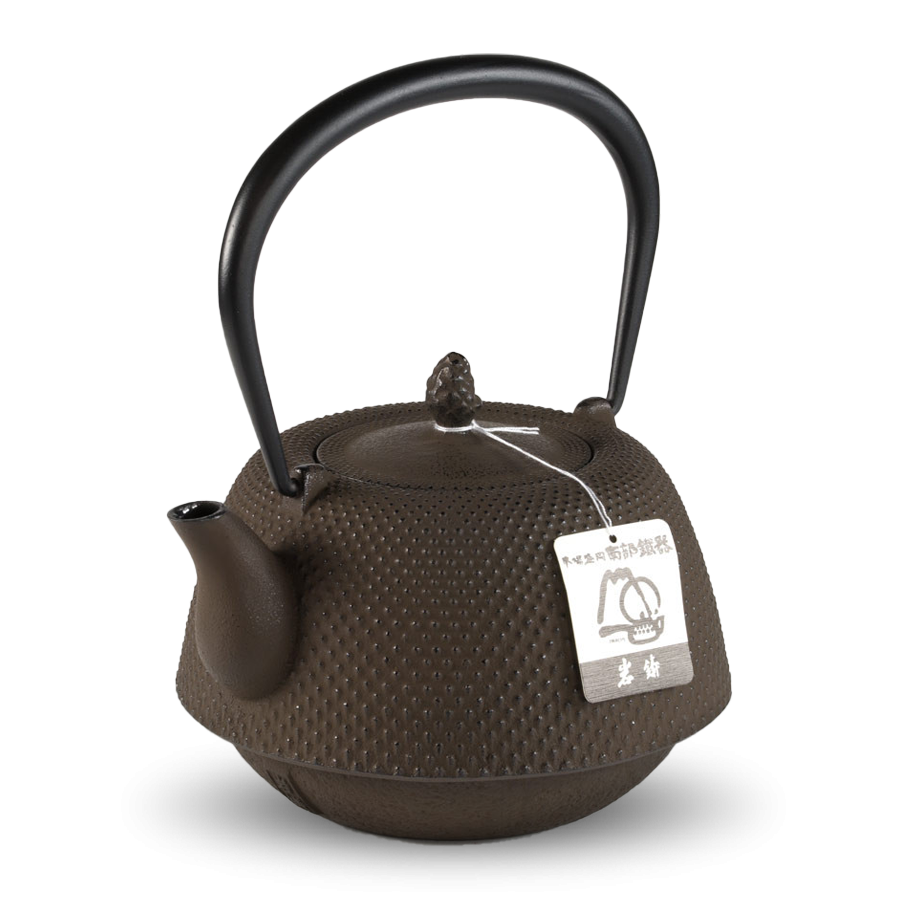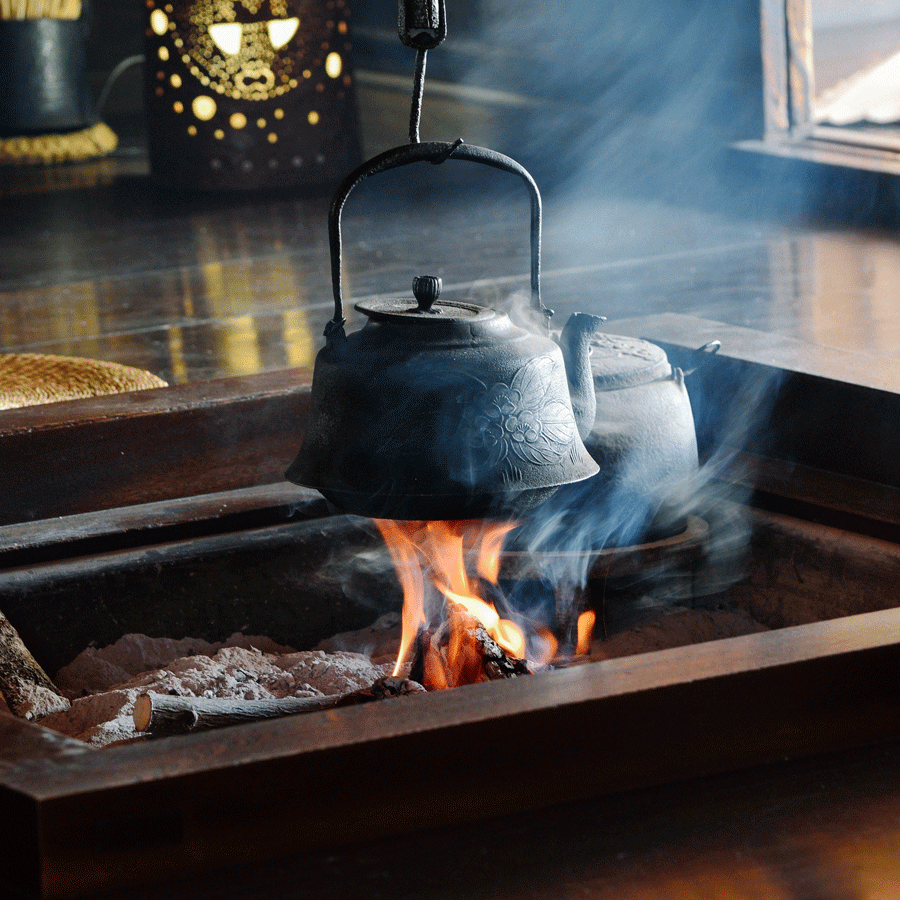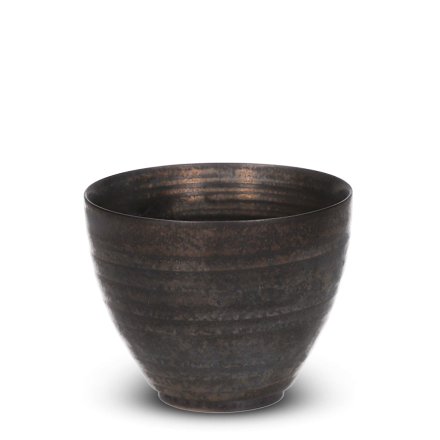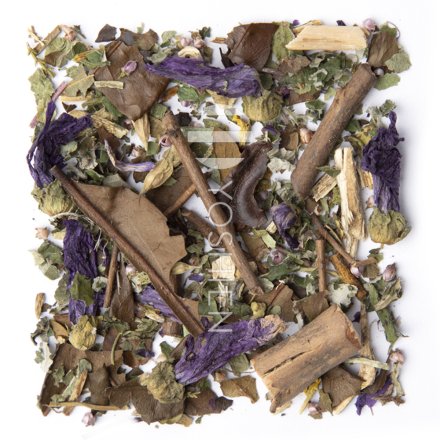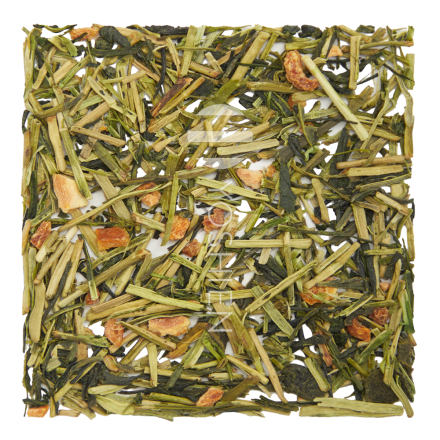The name Iwachu is synonymous with cast iron goods of the highest quality, and the brand's versatile product range extends from classic cast iron kettles (tetsubin), teapots (tetsu kyusu) and related accessories to bells, pans and much more. The manufacturer has boasted its own tradition since its founding in the Meiji period and throughout the 400-year-old Nanbu tekki tradition. It also has its own production line. Every step, from design planning to manufacturing to sales, is carried out by the company itself. Iwachu is dedicated to producing robust cast iron products with excellent functionality and contemporary design. Master casters at the company are required to undergo a minimum of 15 years of training, meaning that all products meet the highest quality standards.
Tetsu-Kyusu
Brown Nanbu Arare
Iwachu
SKU
0662
Original brown cast iron teapot by Iwachu, Japan. Handmade masterpiece with a removable stainless steel tea strainer, enamelled interior, the classic arare pattern on the outside and Nanbu shape. 1L
| Type | Nanbu Tekki tetsu kyusu |
| Origin | Morioka, Iwate, Japan |
| Studio/Artist | Iwachu |
| Maximum Capacity | 1L |
| Dimensions | 15 x 16 x 10.5cm |
| Weight | 1.3kg |
| Material | Cast iron |
| Pattern | Arare pattern (霰; hail) |
| Coating | Enamelled interior, urethane coating on the exterior |
| Stove Use | Not suitable for use on the stove; please use only for brewing tea |
| Strainer | Removable stainless steel strainer |
| Artist's Stamp | Iwachu stamp |
| Packaging | High-quality gift box from Iwachu |
In stock



